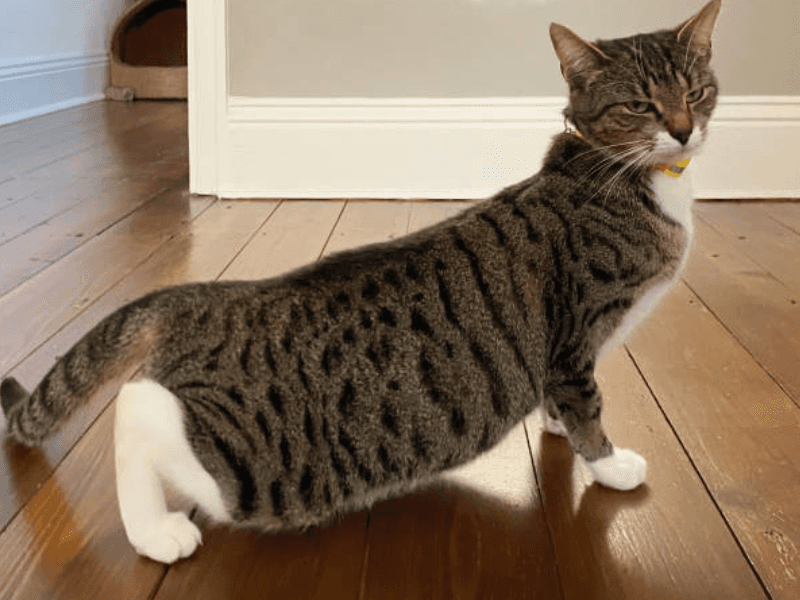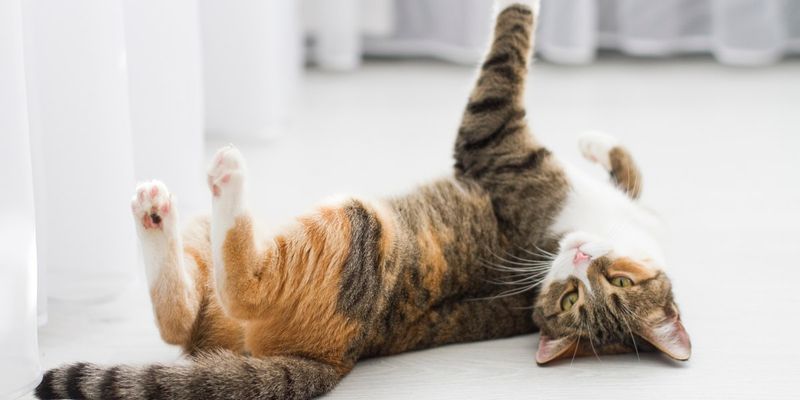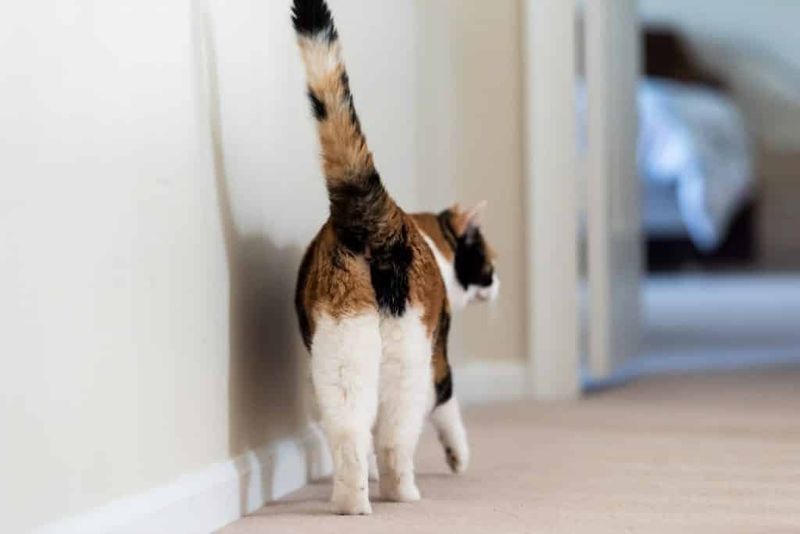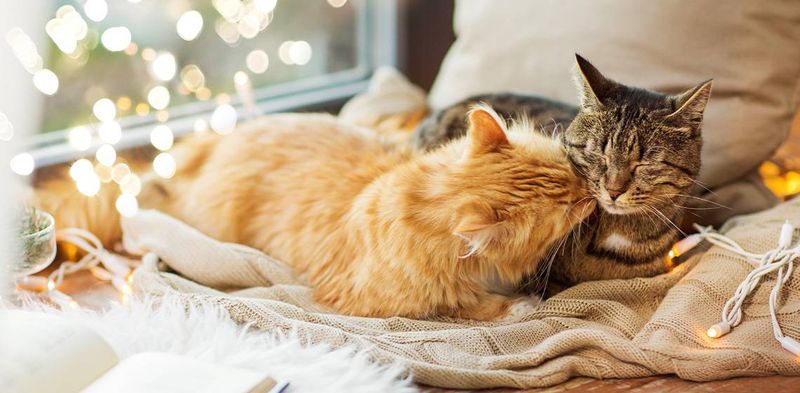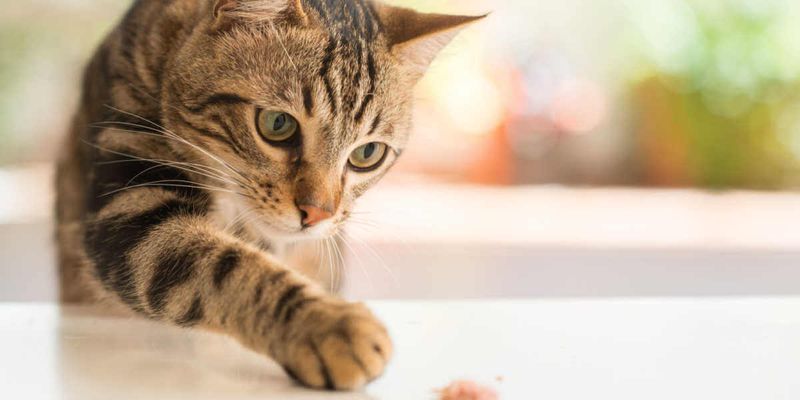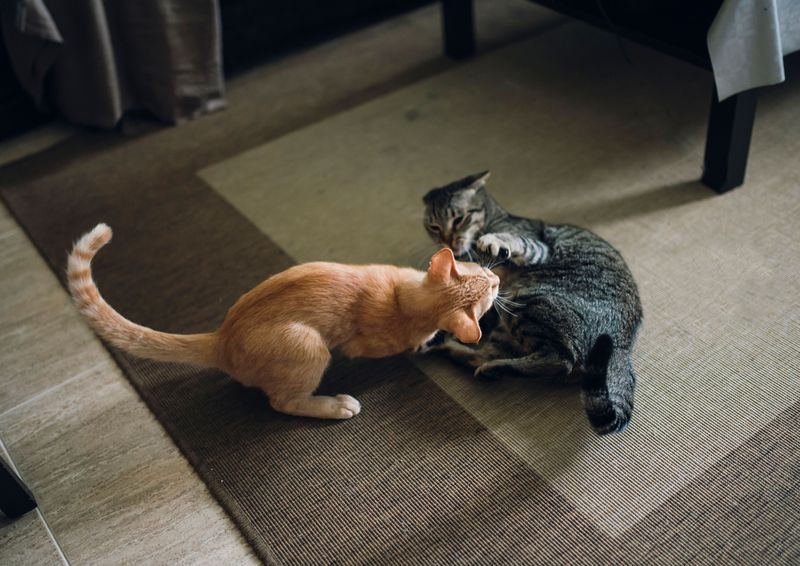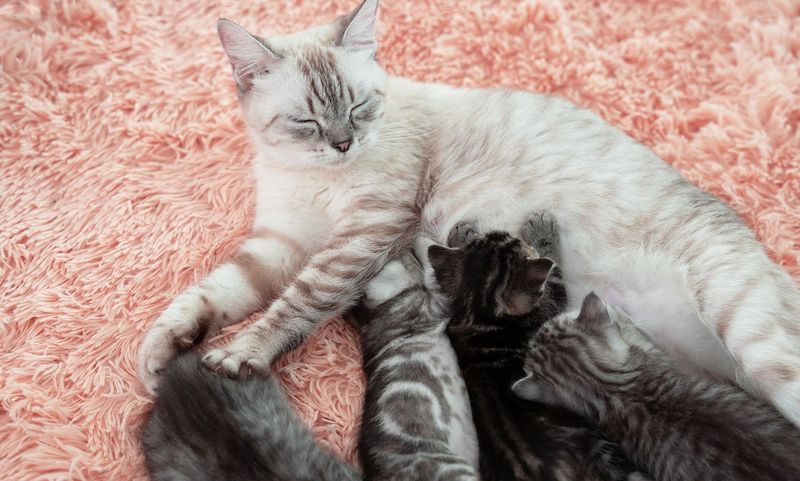📖 Table of Content:
If your female cat seems to be constantly meowing, pacing, and rubbing against everything in sight, you might be dealing with the telltale signs of heat. This phase, also known as estrus, is a natural part of a cat’s reproductive cycle—but when it feels like it never ends, it can be confusing, frustrating, and even concerning for pet parents. Many cat owners are surprised by just how frequently their feline can go into heat, especially if they haven’t been spayed.
Understanding the reasons behind your cat’s seemingly nonstop heat behavior is crucial not only for your own peace of mind but also for her health and well-being. While frequent heat cycles can be completely normal for some cats, they can also signal underlying issues that may need attention. Hormones, environment, age, and other cats in the area all play a role in influencing how often your kitty enters this cycle.
In this article, we’ll explore nine possible explanations for why your female cat always seems to be in heat. From biological triggers to behavioral and medical causes, these insights can help you better understand what’s going on—and what you can do to make life easier for both you and your feline friend.
1. She’s Not Spayed
One of the most common reasons a cat constantly appears to be in heat is simply because she hasn’t been spayed. Without this surgical procedure, her reproductive cycle remains active. Heat behaviors will continue to repeat every few weeks until mating occurs—or indefinitely if it doesn’t. This cycle can begin as early as 4 months of age in some cats. Pet owners are often surprised by how frequent and intense these behaviors can become. From loud vocalizing to rolling on the floor, unspayed cats may seem restless and uncomfortable. Fortunately, spaying is a straightforward solution that prevents future cycles and eliminates the risk of uterine infections and certain cancers. Not only does it offer relief for your cat, but it also gives you peace of mind.
2. She’s in the Breeding Season
During spring and summer months, female cats naturally experience more frequent heat cycles. Longer daylight hours stimulate hormonal activity in their brains. As a result, cats may appear to be “always in heat” even if their cycles are following a normal seasonal pattern. Breeding season can extend for months, especially in temperate regions. If your cat is primarily indoors, you may notice this pattern even more clearly due to consistent observation. Hormones drive their behavior during this period, often making them more affectionate or vocal. You may also see changes in appetite or bathroom habits. While normal, it’s a seasonal phenomenon that can be controlled through spaying.
3. Indoor Environment with Artificial Light
Artificial lighting inside your home might be confusing your cat’s biological rhythms. Unlike outdoor cats, indoor felines don’t rely solely on natural light to regulate their cycles. Constant exposure to artificial light can signal that it’s perpetually “spring,” the prime breeding season. Consequently, your cat’s body may stay in a heat-ready state longer than it should. This is especially true if lights are on late into the night. Over time, her hormones respond as though the season never ends. This can lead to nearly year-round cycling in some cases. Managing lighting or opting for spaying are the most effective solutions here.
4. She’s Not Mating
When a female cat doesn’t mate during her heat cycle, ovulation doesn’t occur. Cats are induced ovulators, which means mating is required to release eggs. If no mating happens, her body simply resets the cycle. This can result in back-to-back signs of heat with very short breaks in between. Many indoor cats never encounter male cats, so this cycle keeps repeating. You might think something is wrong, but it’s a normal biological response. Unless reproduction is the goal, spaying is again the simplest way to stop this loop. Avoiding repeated cycles also reduces long-term health risks like mammary tumors.
5. She’s Still Young and Reaching Maturity
Young cats hitting sexual maturity often have erratic or frequent heat cycles at first. The initial months of reproductive development can be unpredictable. Her body is still adjusting to the hormone surges that control estrus. For some kittens, these first heats start as early as 4 months of age. Owners might misinterpret the signs as illness or behavioral issues. However, it’s just a natural part of growing up for an unspayed cat. Over time, the cycles may stabilize but will remain frequent without intervention. Addressing this early through spaying can help avoid months of discomfort and confusion.
6. Exposure to Other Cats
Sometimes, just being near other cats—especially males—can trigger heat behaviors. The scent of an intact male can cause a female to enter or stay in heat longer. Even visual contact through a window can be enough to stimulate her hormones. Your cat’s sensitive nose and acute senses pick up on these environmental cues instantly. This is nature’s way of ensuring reproduction opportunities aren’t missed. Living in a multi-cat household or near outdoor strays can make this even more likely. While not inherently dangerous, it can be exhausting for both cat and owner. Limiting exposure or spaying helps resolve the issue completely.
7. She Has a Hormonal Imbalance
Though uncommon, hormonal imbalances or medical issues can mimic or prolong heat signs. Conditions like ovarian cysts or even tumors may cause her to behave as if she’s in constant estrus. These issues often require veterinary diagnosis and treatment. If heat signs don’t follow a regular pattern or seem unusually intense, it’s wise to get a check-up. Some cats may exhibit persistent vocalizing, swelling, or restlessness that doesn’t ease. Ignoring these could lead to more serious health concerns down the line. Hormonal disorders can also cause behavioral changes that mimic heat. Only a vet can confirm the root cause through exams or imaging.
8. Phantom or Silent Heats
Not all heat cycles are easy to detect—or easy to define. Some cats have what’s called a “silent heat,” where internal hormonal changes happen without obvious behavioral signs. Others may have prolonged or overlapping cycles, giving the illusion of constant estrus. This can confuse even experienced cat owners. You might not see the usual rolling or yowling, but subtle changes in behavior may still occur. On the flip side, overly prolonged signs could indicate a phantom heat. In these cases, monitoring patterns and discussing them with a vet is essential. A reproductive exam may be recommended to clarify what’s happening.
9. She’s Already Pregnant (Unlikely, But Possible)
While it sounds counterintuitive, some pregnant cats may show heat-like behaviors early in gestation. This is rare but not unheard of. Hormonal shifts during the first few weeks of pregnancy can cause confusion in their cycle. If your cat had recent exposure to a male, it’s worth considering a vet visit. You may notice affectionate rubbing, increased vocalization, or restlessness—similar to typical heat signs. However, these won’t persist through the entire pregnancy. A professional exam or ultrasound can help confirm or rule out pregnancy. Knowing for sure ensures your cat gets the right care moving forward.

